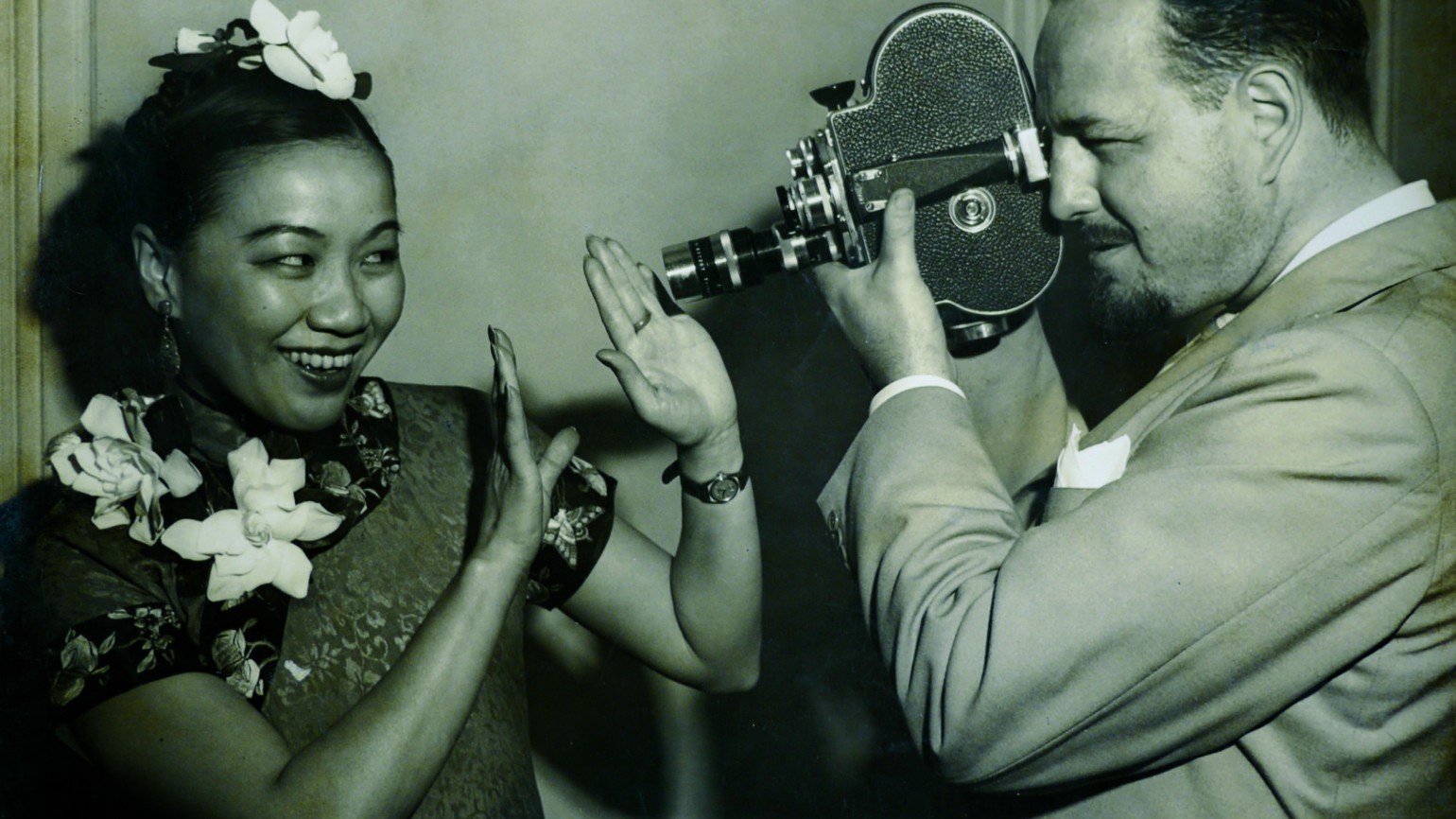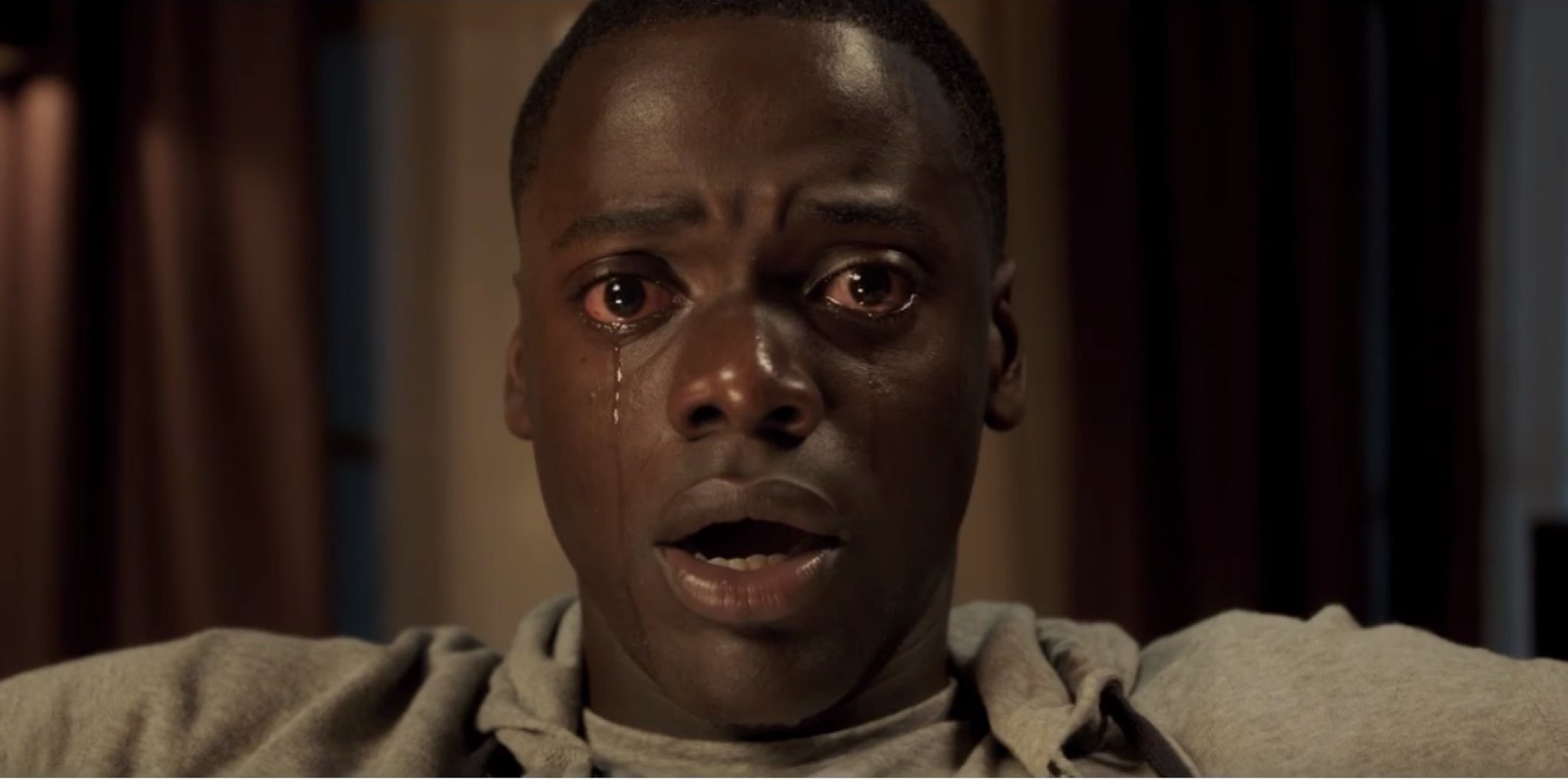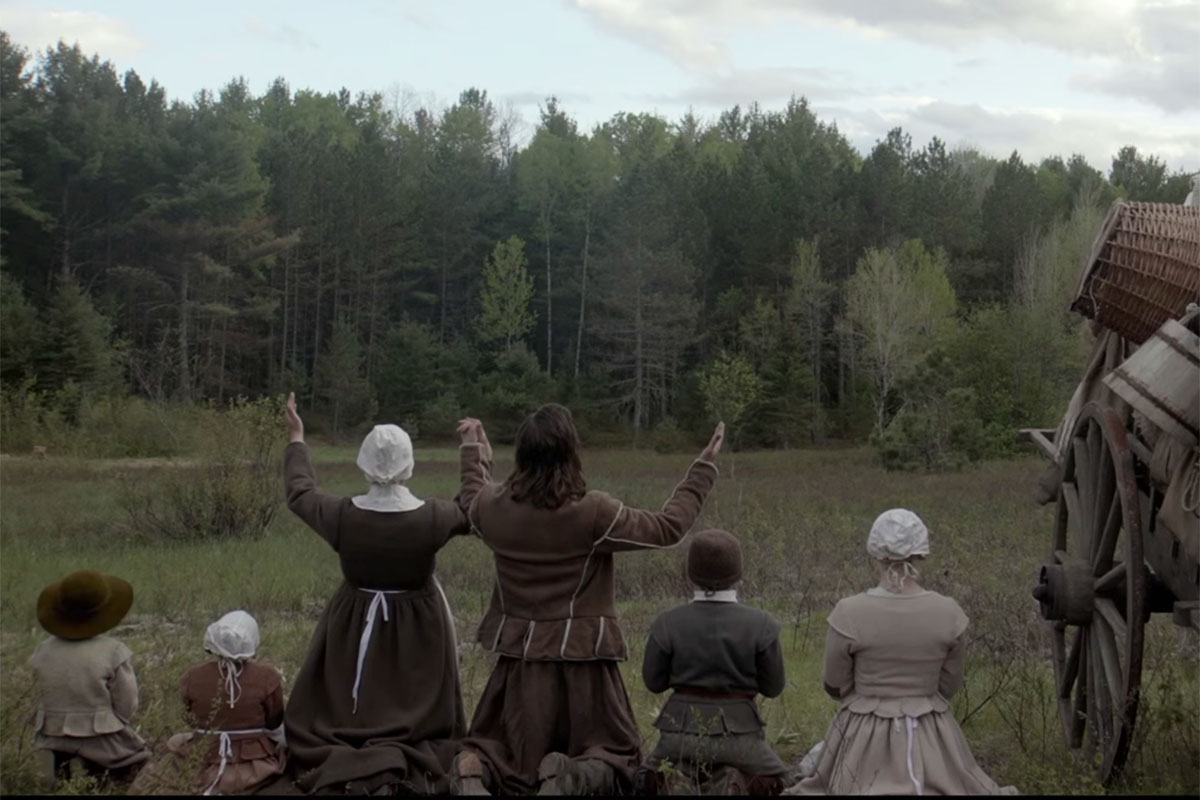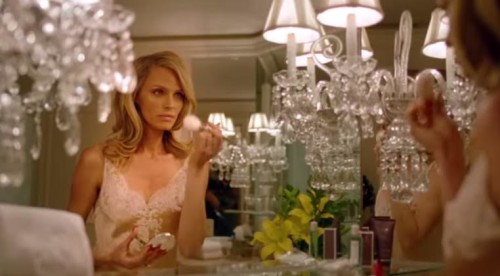This guest post written by Josephine Maria Yanasak-Leszczynski appears as part of our theme week on Women Directors.
The Asian American Showcase is a series of films by Asian Americans or about the Asian American experience alongside an art exhibition. It features a wide variety of films from many viewpoints. Sponsored by the Foundation for Asian American Independent Media (FAAIM), this year’s Showcase, which took place March 31st to April 12th in Chicago, featured mostly women-directed films, plus the Sundance Film Festival audience favorite, Gook, and the timely documentary on Japanese internment camps in the U.S., Resistance at Tule Lake. The lineup included The Tiger Hunter, (directed by Lena Khan), Motherland (directed by Ramona S. Diaz), Wexford Plaza (directed by Joyce Wong), Light (directed by Lenora Lee and Tatsu Aoki), and Finding Kukan (directed by Robin Lung).
Light is an artistic interpretation of the beginning of immigrant Bessie M. Lee’s life in America. It melds dance interpretations, poetry, re-enactments, and historical documentation against the backdrop of Aoki’s innovative sound and musical design. While laboring under her master’s oppressive demands, Bessie is told girls like her are a “dime a dozen.” It was an insult that rang true; something too many women have been told, especially while labor was being extorted from them. In this case, an immigrant seemingly without connections in a new country, Bessie, like so many women before her, was working hard while being told she was worthless, as if she should be grateful for her abusive circumstances.
Lenora Lee has created several works about Chinese migrant women and their lives after coming to the United States. In other films, she uses choreography, filmography, and setting to explore the stories of women who were trafficked from China and other women’s lives. Through a combination of projection, fully produced cinema, and live dance performance that references Tai Chi, she expresses narrative emotions as well as historical occurrences. Ultimately, her work elevates and personalizes stories that in a textbook may be a footnote meant to represent the experience of a larger population of people.
Depictions of stories that are absent from an experience that is generally thought to be collective is definitely the point of film festivals like the Asian American Showcase. The film offerings this year illuminated the immigrant experience as an American one. At the same time, the breadth of the experiences represented, while hardly a cohesive or even complete picture, offered nuanced views of stories never heard in textbook discussions of the American experience.
Robin Lung chases in the footsteps of erased Hollywood innovator Li Ling-Ai in Finding Kukan. In 1941, during a war that still in many ways defines the U.S. today, a film produced and funded by an Asian American woman won an Academy Award. Li never received credit for the documentary Kukan, but Lung attempts to discover a copy of the missing story and the full extent of her involvement with the film. Along the way, Lung also attempts to revive interest in the film after a heavily damaged copy is discovered in a basement.
There are several road bumps along the way, and some brick walls. Lung expresses discontent at being unable to prove her theories throughout the documentary. The film becomes as much about her perceptions of what makes a woman a hero, as what made Li a hero. To Lung, she wants to bring to life an active, fearless woman who traveled to China during a war to bravely capture what no one else was showing. At one point, Lung expresses her desire to see Li doing the work alongside the men as an “American” perspective. Yet the film Li has produced shows the women in China supporting the country alongside the men in the way Lung longed for. Adversely, Li lives a cosmopolitan life in New York, tirelessly supporting the film at social events and garnering connections and possible supporters in any way that she can. By the end of the film, Li has taken on the role of a more traditional American producer giving life to a project more meaningful than most in Hollywood could hope for.
Lung is ultimately unsuccessful in garnering American interest in a recovered Kukan. However, after discovering a letter of frustration Li authored to one of her best friends about what would become her book on the lives of her parents, she is reinvigorated and tries a new tact. Traveling to China, Lung brings a videotape of Kukan for a special viewing to a group of historians.
This American film that once inspired interest in a horrifying conflict across the world from the U.S., takes on new importance in the People’s Republic of China. While it depicts a Nationalist China, the film contains views of attacks made by Japan from the ground, something these historians had never before seen. Ultimately, while it seems it will be years before Li receives her full due in American cinematic history, her work has taken on new importance in an unexpected way.
Stories told about the general perception of the American Dream all include some tie to our collective immigrant past (aside from Indigenous peoples). Rarely does a film tell that story while holding onto that past as part of the protagonist’s future. While it struggles with straddling at least two comedic audiences, The Tiger Hunter successfully presents a story about coming to the U.S. without distancing itself from its characters’ cultural background.
After years of chasing the fantasy of his father’s hyper-masculinized role in the lives of his village, Sami (Danny Pudi) attempts to impress the father of Ruby (Karen David), his childhood sweetheart. The intimidating General Iqbal (Iqbal Theba) has decided he will only arrange his daughter in marriage to someone who has become successful in the U.S. Director/co-writer Lena Khan presents a classic romantic comedy with Indian American and Indian Canadian leads. It is a hilarious look at the lengths a man will go to marry the woman of his dreams.
While the film focuses on earning the right to marry a woman, she is conspicuously absent from most of the film. At first this appears to be an oversight, or playing into so many classically male-centered heterosexual romance narratives. Pleasingly, Khan eventually turns this on its head.
After forming farcical friendships with other outcasts who fail at being “professional Americans,” Sami sets up a fake home in his boss’ abode to impress Iqbal, and by extension his daughter, who travels with him. It is when the truth comes to light (due to Sami’s inability to keep up the lie for moral reasons) that the object of his desire hits the audience with the element they may or may not have noticed was missing. “It is me you have to marry,” Ruby points out, in light of the many lies he has told to impress her father. While her father has final say, ultimately Sami and Ruby have to share a marital trust that would last them a lifetime. In the end, it is her opinion that truly matters.
The film leaves a lot of questions about the arrangement unanswered, and while the end of the film is endearing, its ambiguity leaves a lot to be desired as far as clear moral heading. Yet it is undeniable that the final confrontation between Sami and Ruby becomes a twist for the role of women in this particular narrative, whether intentional by its creators or not.
There are many more tales to be told and heard by audiences that are sorely in need of them, whether they’re aware of it or not. This year’s Asian American Showcase offered many impressive narratives told and directed by women.
Josephine Maria Yanasak-Leszczynski is a museum educator by day (and often night), and a freelance writer every other time she manages to make a deadline. She can be found on Twitter @JMYaLes.














